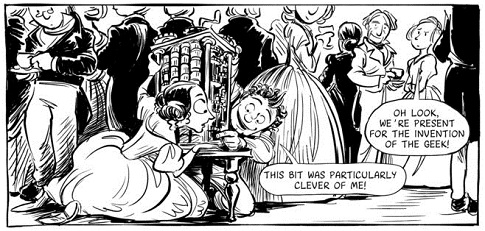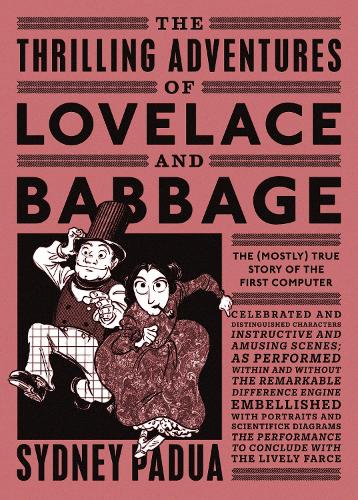

A fearless and daring thinker, Lovelace had the imagination, which she termed “poetical science,” to conjure a world wherein amazing “thinking machines” would be set free to serve human needs. This anecdote offers only the merest suggestion of the woman Ada would grow to become. She even composed a book detailing her experiments, titled Flyology, in which she drew a diagram of a steam-powered flying horse.

She went so far as to experiment with lightweight materials, constructing sets of child-sized wings out of paper and feathers. In a manner similar to the musings of Leonardo da Vinci, she analyzed the anatomy of birds and flying insects and explored the structure of wings. In 1828, at the age of 12, she displayed her creativity and inquisitive nature by conducting experiments on the feasibility of human flight. Where other boys and girls might daydream of floating with the clouds, drawing pictures and inventing stories, little Ada approached her goal as a young scientist would. Her friendship with inventor Charles Babbage allowed her to envision a world where computers would not only calculate, but create.Īs a child, Ada Lovelace dreamed of flying. Ada Lovelace was a 19 th -century woman a century ahead of her time.


 0 kommentar(er)
0 kommentar(er)
